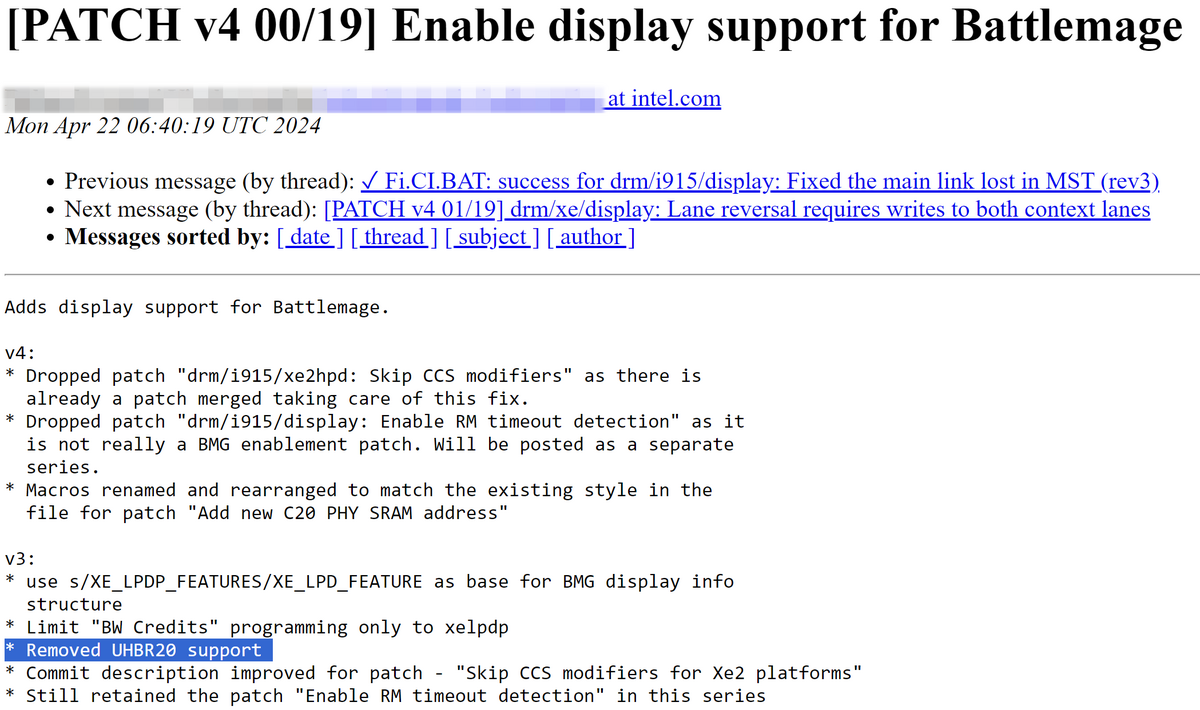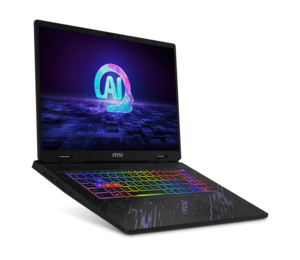The next generation of graphics cards Intel will benefit from DisplayPort 2.1 support that is less expensive than on the Radeon RX 7000.
A little behind the forecast schedules published by Intel at the release of ARC Alchemist, the second generation of GPUs – Battlemage – could arrive before the end of 2024.
It would of course lead to a substantial improvement in the performance of Intel graphics cards, but also to new features to follow in AMD’s footsteps.
ARC Battlemage for late 2024
If Intel was the first to support DisplayPort 2.0, it was overtaken by AMD on DisplayPort 2.1 which today remains the prerogative of only Radeon RX 7000 graphics cards.
This should not be the case for much longer as several sources report an update to Intel’s Xe2 graphics architecture. Better known as Battlemage, this generation must take over from Alchemist and assert Intel’s claims in the dedicated graphics card segment with, therefore, this DisplayPort 2.1 support.
In its implementation by Intel on Battlemage, DP2.1 will allow an 8K definition at 60 Hz with HDR or a 4K definition at 240 Hz, but always with HDR activation of course.
Intel lowers some specifications
However, it is good to point out that the update observed in Intel’s notes lowers the ambitions of the American brand which until now was targeting DP2.1 in UHBR20 for Battlemage.

Today, it is only a question of DP2.1 in UHBR13.5. Indeed, be aware that DisplayPort 2.1 can come in three modes and that only the first is mandatory to be able to display DP2.1 compatibility. These three modes are UHBR10, UHBR13.5 and UHBR20: the figure is there for the maximum speed authorized per line, i.e. 10, 13.5 or 20 Gbps.
Of course, the higher the maximum throughput per line, the more it will be possible to increase the definition and refresh rate. In this little game, it is therefore still AMD which leads the way with its UHBR20 compatibility. On the other hand, NVIDIA remains stuck on DisplayPort 1.4 for the moment and we have no information regarding the GeForce RTX 50 at this level.
Note, Intel is not necessarily wrong to settle for UHBR13.5: it already allows great things and, above all, no UHBR20 monitor is on the market while the models planned are few in number/very expensive .
Source : VideoCardz



0